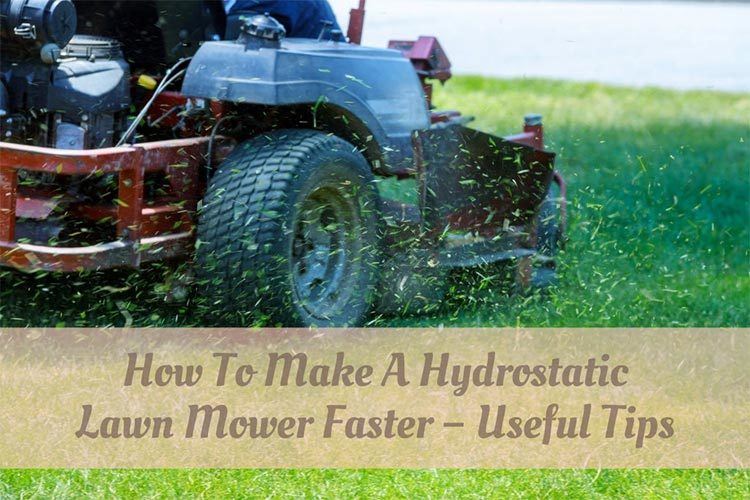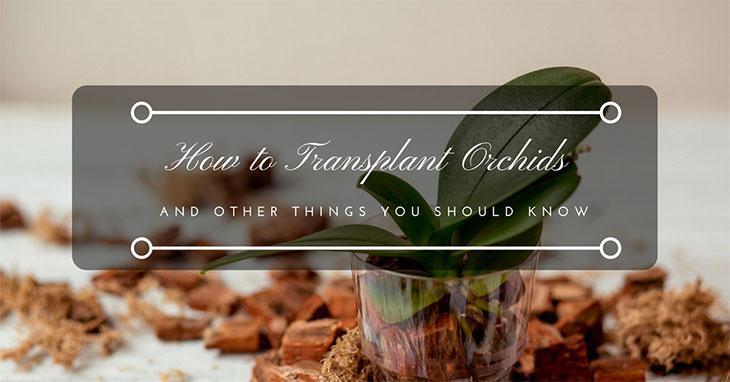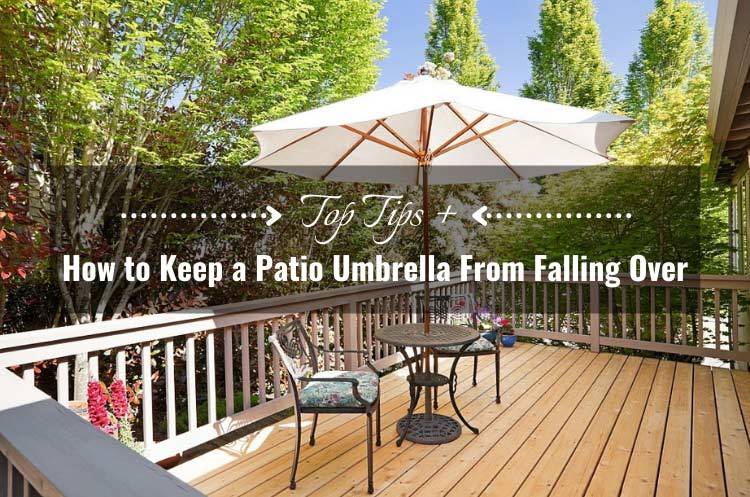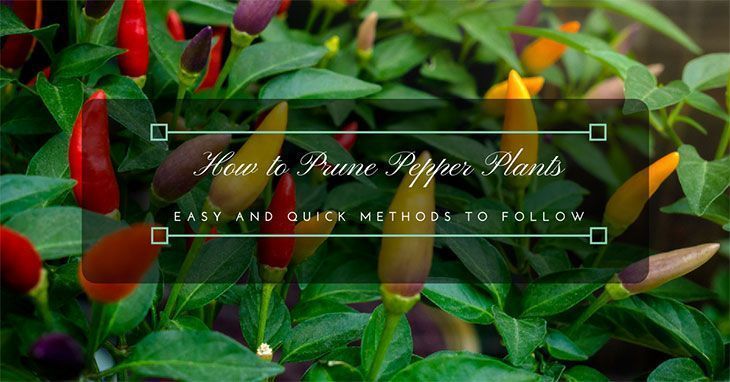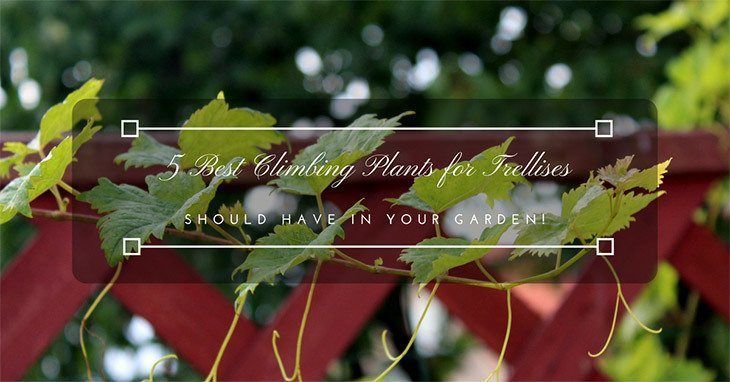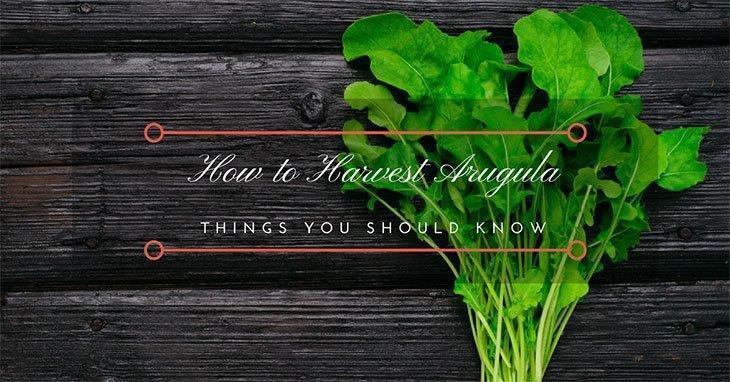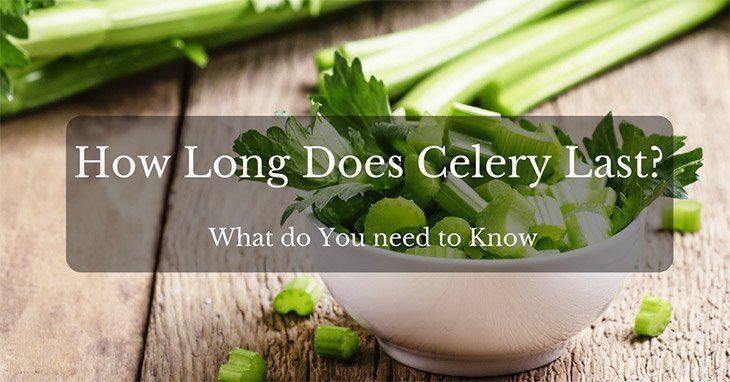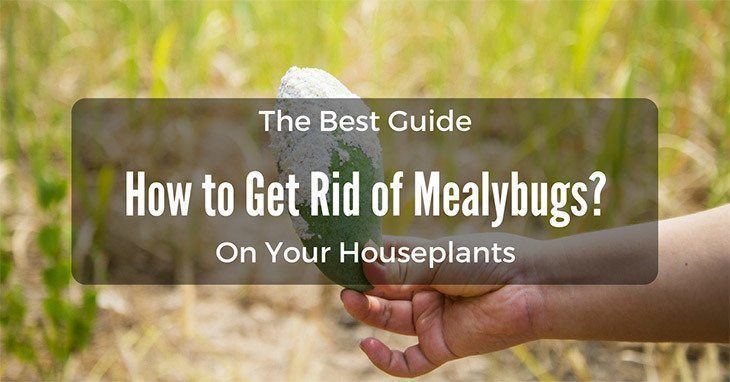How To Make A Hydrostatic Lawn Mower Faster– Useful Tips
0 shares Share 0 Post 0 Pin 0 Hydrostatic mowers from Craftsman, Troy Bilt, Toro, Simplicity, Cub Cadet are pretty capable machines. But machines don’t last forever. A hydrostatic lawn mower moves slow and starts to wear out over time. Lucky for you, it is possible to make lawn mower faster thanks to hydrostatic or riding … Read more

